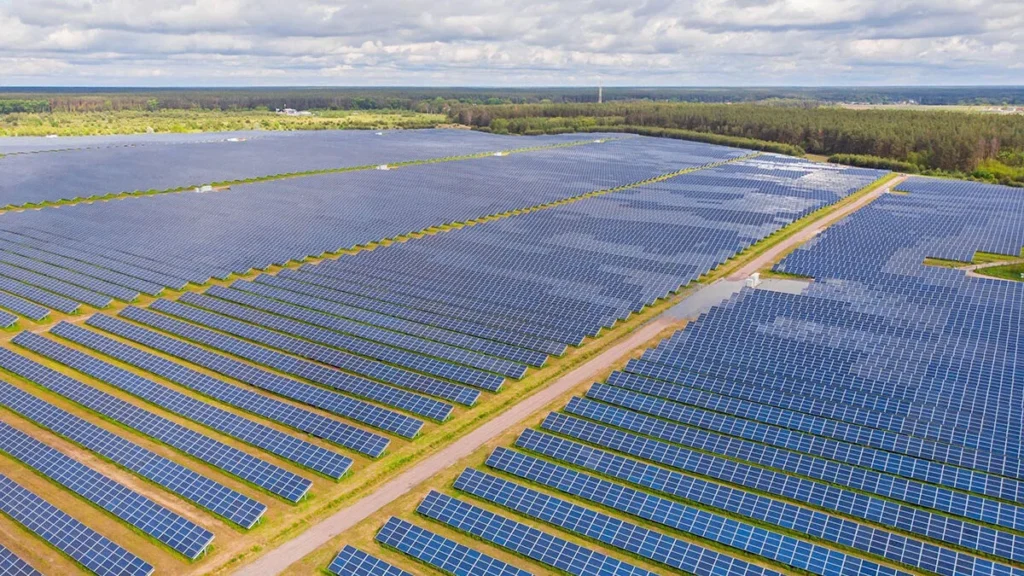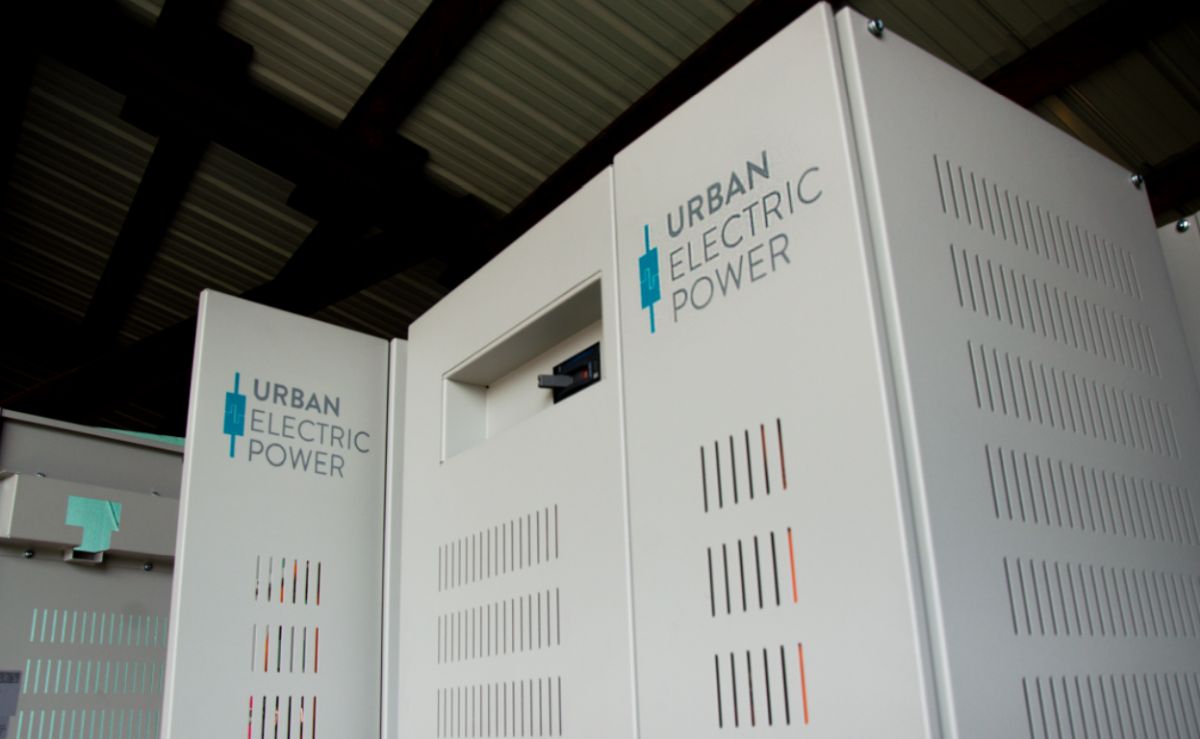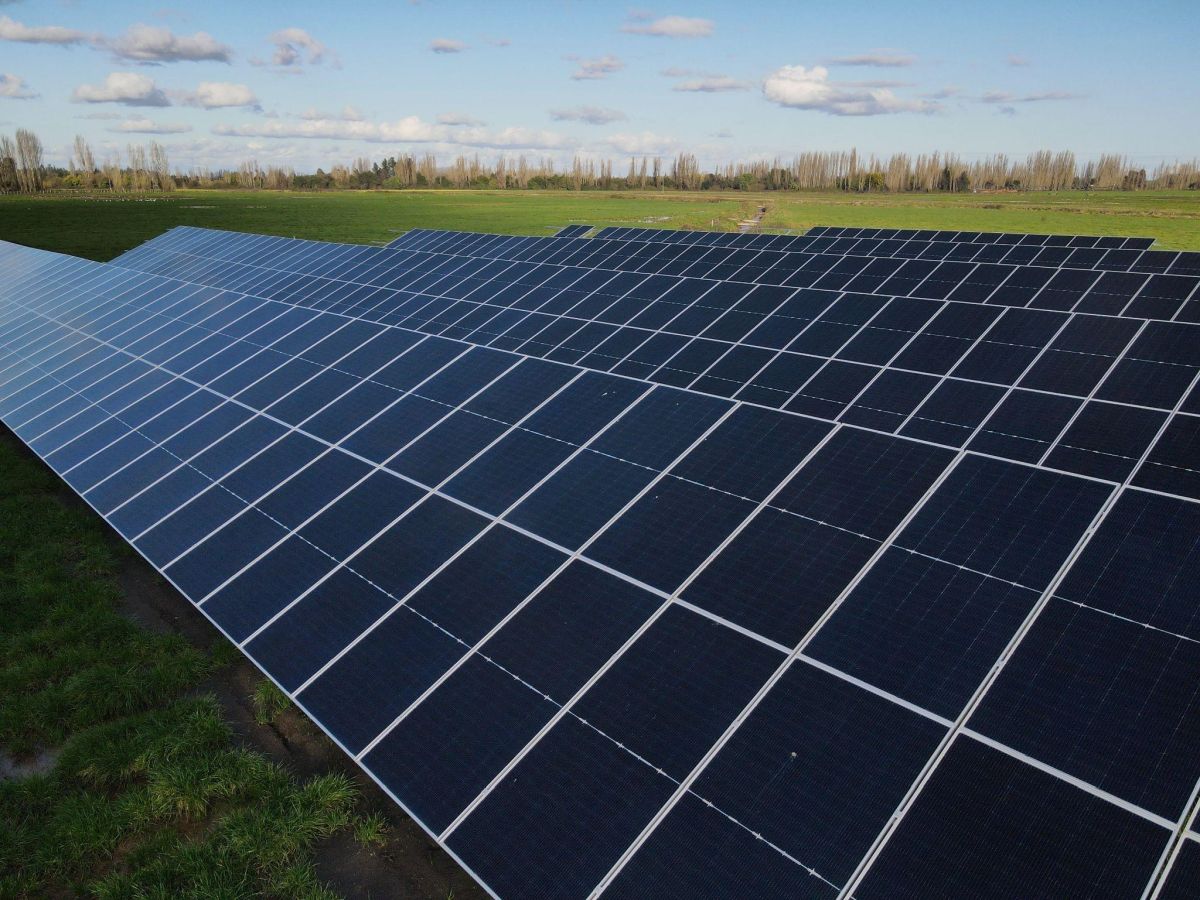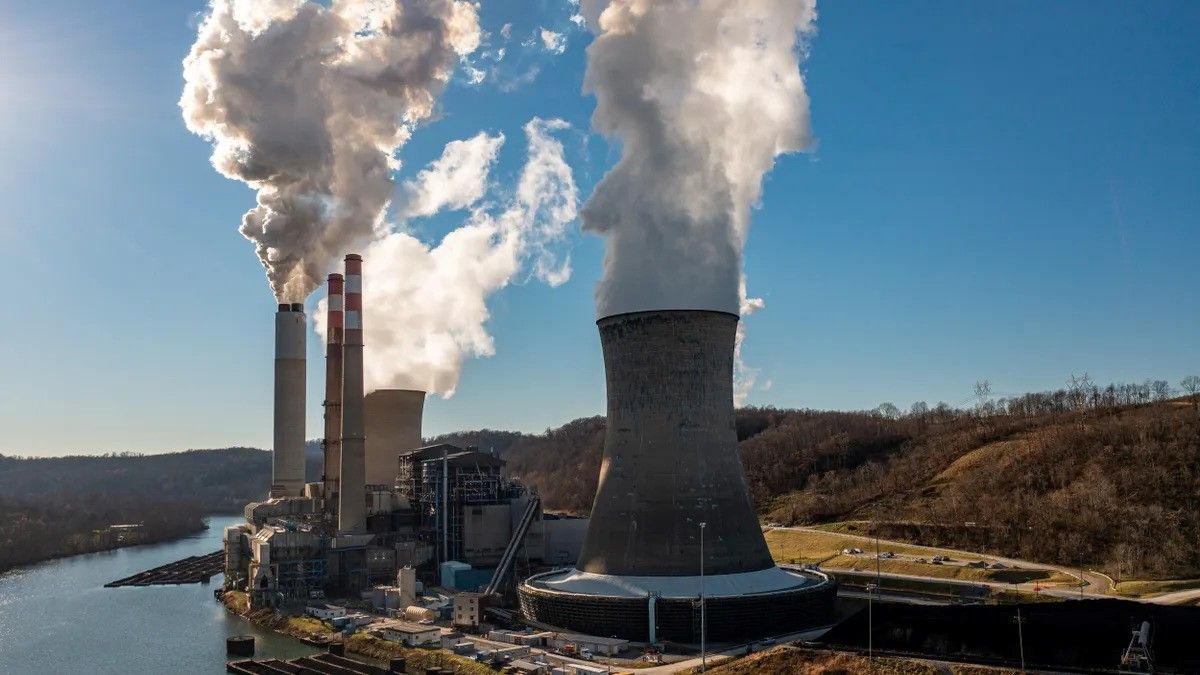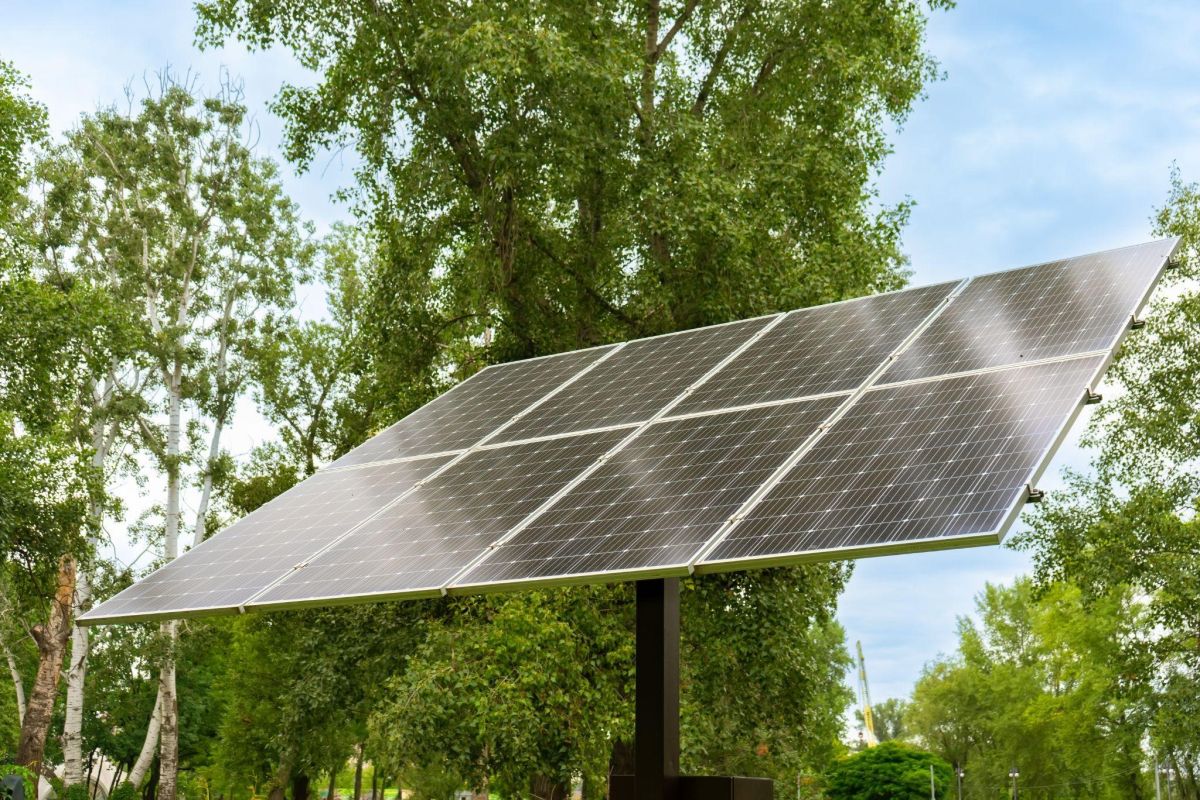WWW.UTILITYDIVE.COM
As supply constraints for solar modules ease, the Solar Energy Industries Association and Wood Mackenzie project that limited availability of other components will hamper installation growth.
Dive Brief:
- The U.S. residential solar sector’s 1.8 GW of installations in the third quarter have set “yet another quarterly record” and mark a 12% increase from the same quarter last year, according to the latest U.S. Solar Market Insight report released Thursday by the Solar Energy Industries Association and Wood Mackenzie.
- Developers installed just over 4 GW of utility-scale solar – a 58% increase compared to Q3 2022, “when supply chain constraints were severely suppressing installations, and flat compared to last quarter,” said the report.
- Meanwhile, commercial solar installations have slowed 3% compared to the same quarter last year and 6% compared to the previous quarter. “Slight slowdowns” in Northeast states have been “partially offset” largely by growth in California, but California’s solar growth is expected to slow in 2024, said SEIA and Wood Mackenzie.
Dive Insight:
Solar developers installed a total of 6.5 GW of capacity in the U.S. in the third quarter, a 35% increase from the same period last year and a record third quarter for the industry, SEIA and Wood Mackenzie reported. About 274 MW of community solar was installed in the third quarter – a 14% increase over the same quarter last year, and flat compared to the previous quarter.
“We continue to see stagnation in some major markets as interconnection, permitting, and siting challenges persist,” the report said. “Community solar has healthy pipelines in most major markets, but interconnection and permitting timelines continue to slow deployment.”
Overall, solar growth is expected to be further constrained beginning in 2026 “as various challenges like interconnection constraints become more acute,” Michelle Davis, head of solar research at Wood Mackenzie and lead author of the report, said in a release. “It’s critical that the industry continue to innovate to maximize the value that solar brings to an increasingly complex grid.”
Davis listed interconnection reforms, regulatory modernization, and increasing storage attachment rates as “key tools” to maximize the benefits of solar.
SEIA president and CEO Abigail Ross Hopper agreed, saying solar is the fastest-growing energy resource in the U.S., but maintaining the industry’s forecasted growth will require modernizing regulations and “[reducing] bureaucratic roadblocks.”
“Elevated financing costs, transformer shortages, and interconnection bottlenecks are also impacting the utility-scale segment, which saw its lowest level of new contracts signed in a quarter since 2018,” SEIA said in its release. “However, improvements in the module supply chain have led to a record 12 GW of utility-scale deployment in the first 9 months of 2023.”
The availability of solar modules is “still constrained but has improved substantially this year. Of course, module availability will continue to improve as more domestic manufacturing comes online,” the report said.
As some relief arrives for module supply constraints, though, the report said the limited availability of other equipment has emerged as a pressing issue.
“Transformer availability has become a widespread problem, with wait times extending past 2 years in some cases,” said the report. “High-voltage circuit breaker lead times have nearly doubled in the last year to an average of 100 weeks.”
These trends show no sign of reversing, SEIA and Wood Mackenzie say, and they expect electrical equipment availability to be one of several factors that slows utility-scale solar growth in the near future.
The report also forecasts that changes to net energy metering policy in California, along with increased interest rates, will lead to a “brief decline” in 2024 residential solar installations before growth is expected to pick back up the following year.









